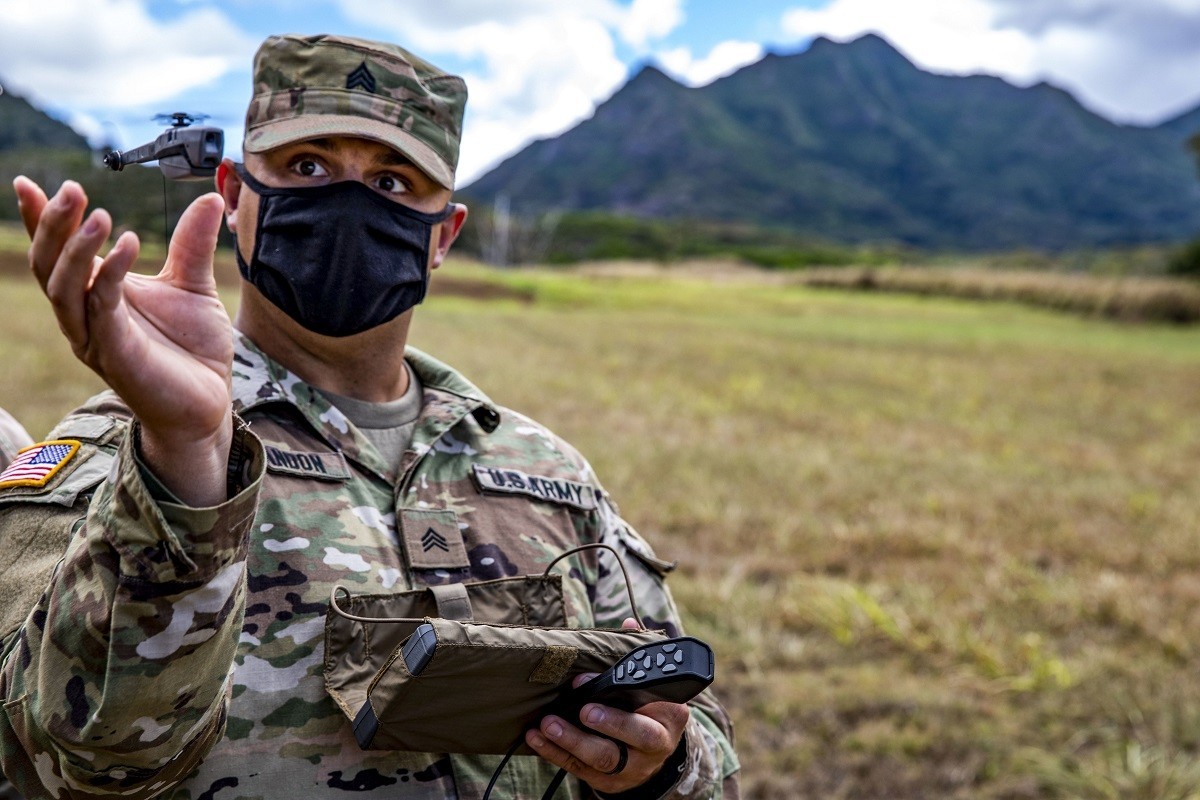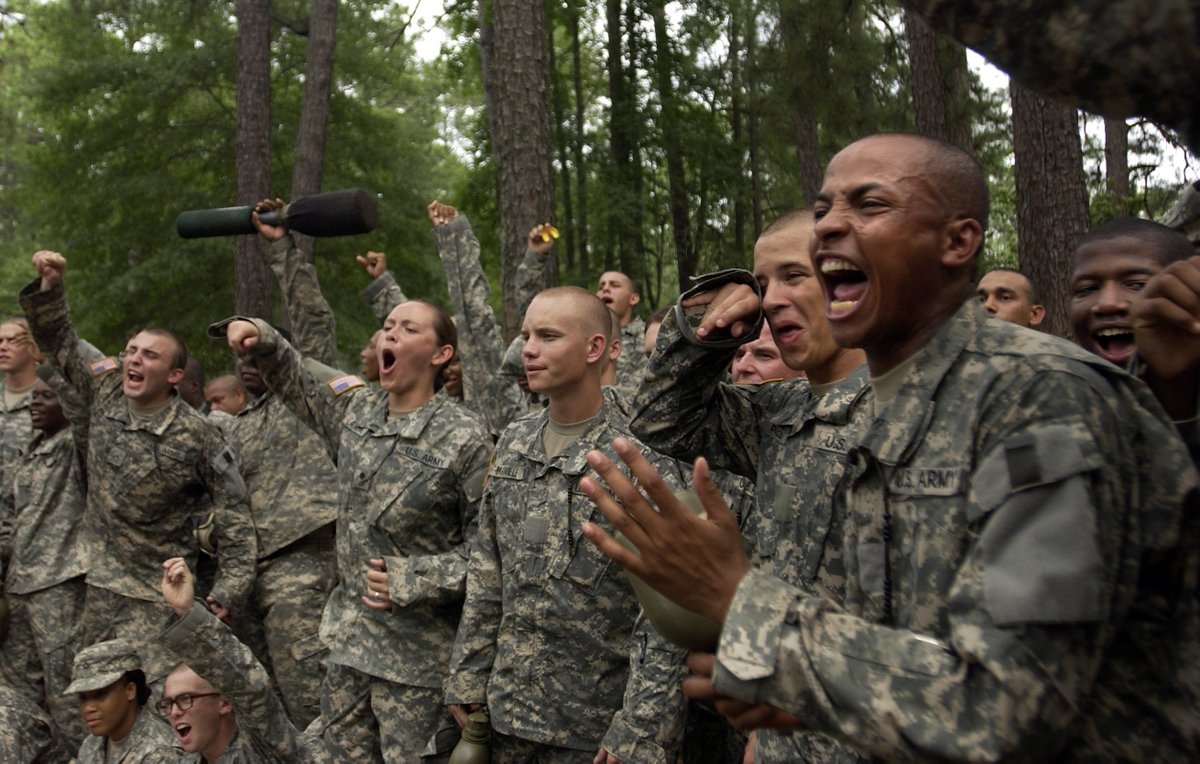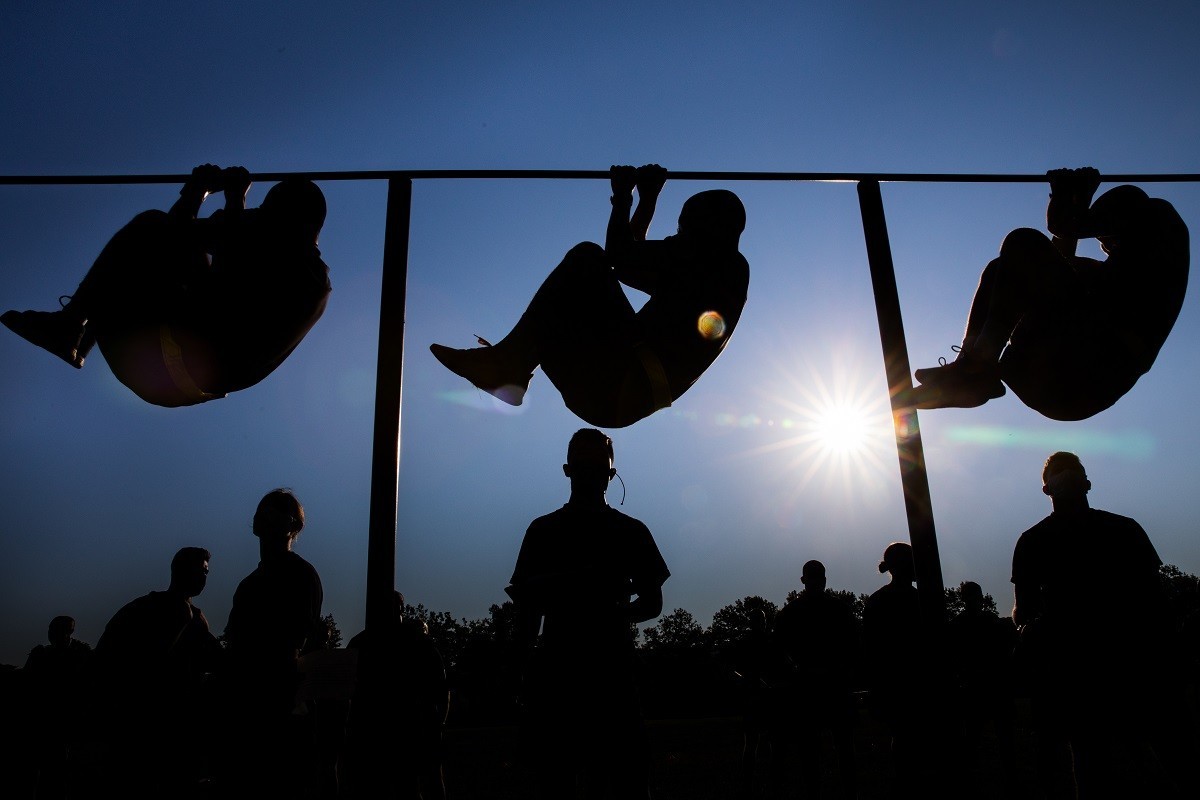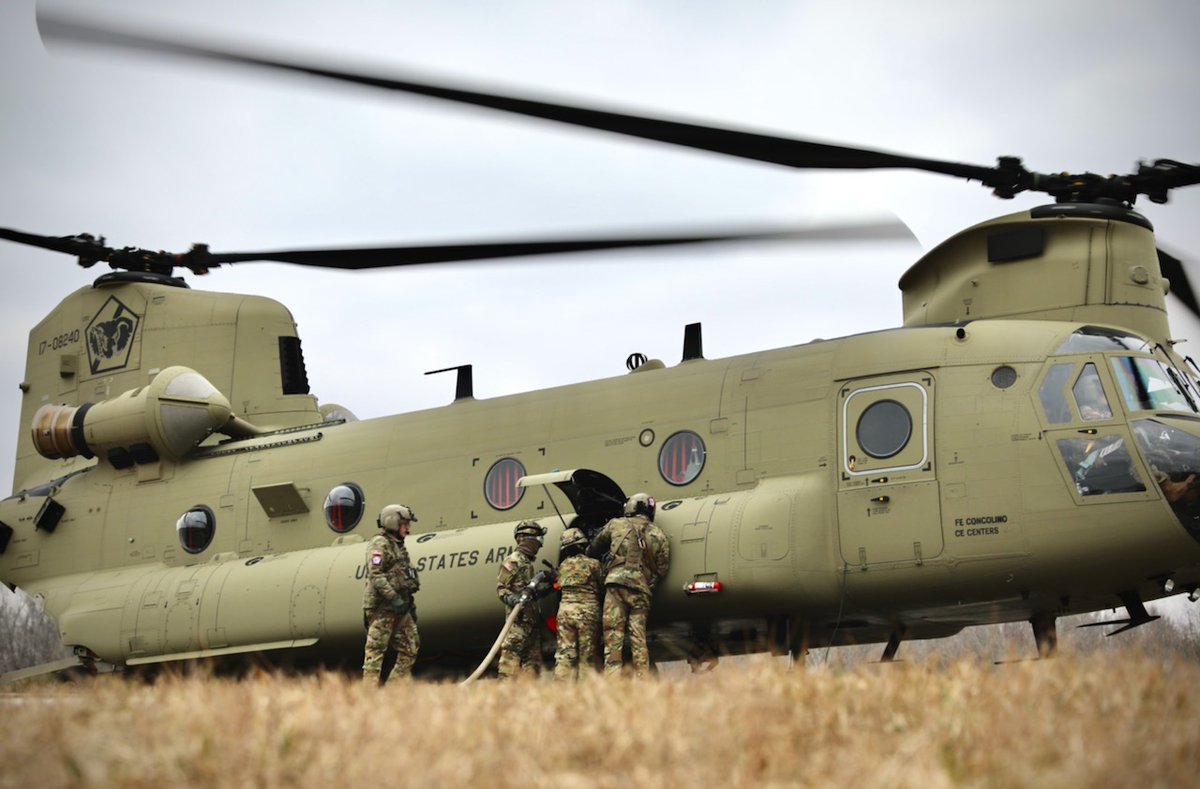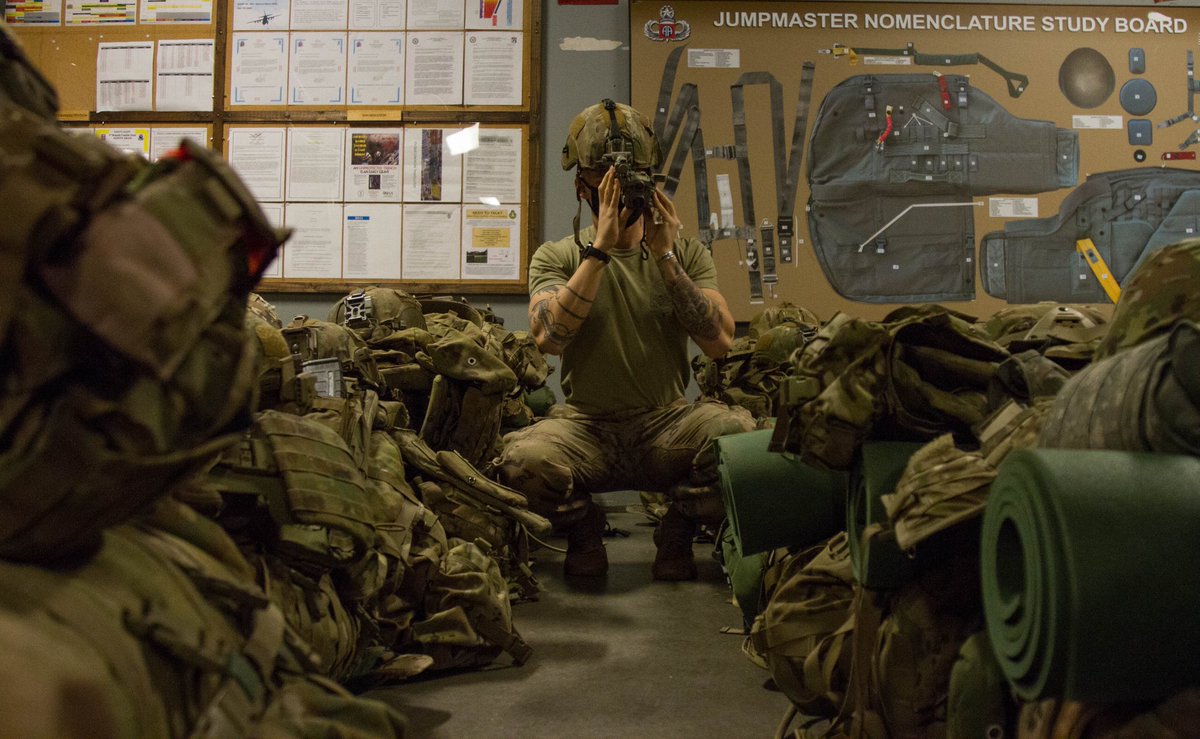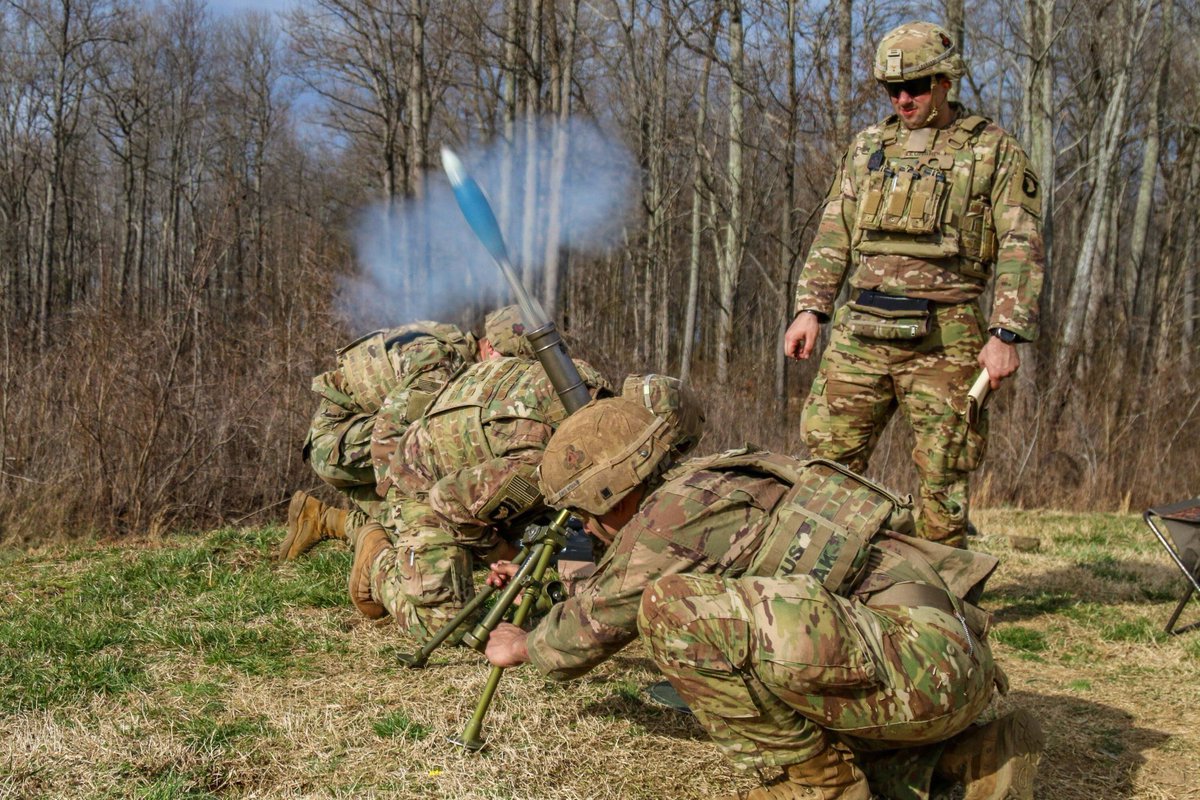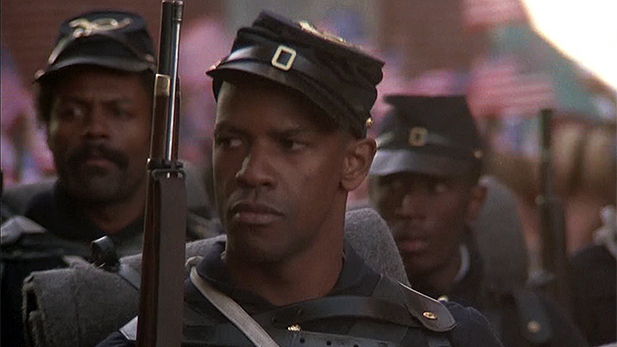
Dragon's Lair is back!
Episode 3 coming up on Monday, February 22nd.
Dragon's Lair is about embracing Soldier innovations trapped inside Army bureaucracy.
There is a long history of Soldier-driven innovations changing the way the @USArmy operates.
[1 of 17]
Episode 3 coming up on Monday, February 22nd.
Dragon's Lair is about embracing Soldier innovations trapped inside Army bureaucracy.
There is a long history of Soldier-driven innovations changing the way the @USArmy operates.
[1 of 17]

[2 of 17]
Every day until February 22nd, we're telling another story of
an innovator who changed the Army.
Today's innovator: Lieutenant Edwin Sibert.
#ArtilleryTwitter knows that name.
Who is Edwin and what did he do? Let's go back 90 years.
Every day until February 22nd, we're telling another story of
an innovator who changed the Army.
Today's innovator: Lieutenant Edwin Sibert.
#ArtilleryTwitter knows that name.
Who is Edwin and what did he do? Let's go back 90 years.

[3 of 17]
As you know, WWI introduced a key innovation of modern industrialized warfare:indirect firepower.
Artillery during the Great War had a limited ability to influence ground maneuver, largely due to archaic communication b/w guns and between the guns and the infantry.
As you know, WWI introduced a key innovation of modern industrialized warfare:indirect firepower.
Artillery during the Great War had a limited ability to influence ground maneuver, largely due to archaic communication b/w guns and between the guns and the infantry.

[4 of 17]
Think about it: back then, we communicated with, runners, wire, and spark gap radios.
You're not going to get much coordination between the infantrymen on the offensive and the artillerymen supporting them.
Think about it: back then, we communicated with, runners, wire, and spark gap radios.
You're not going to get much coordination between the infantrymen on the offensive and the artillerymen supporting them.
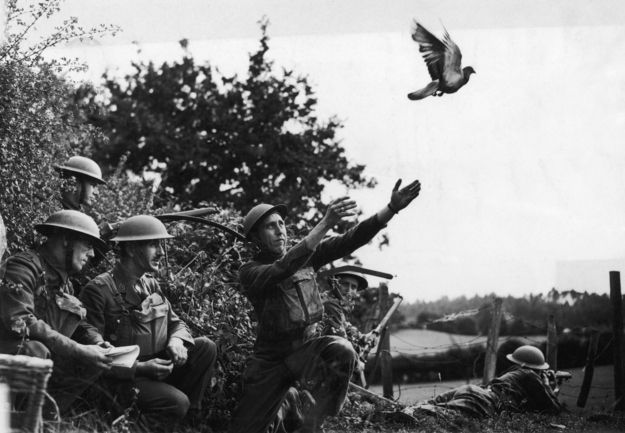
[5 of 17]
Most WWI artillery support consisted of map fire, the only method of concentrating the fire of more than one battery.
Guns dropped high explosives on specified coordinates for fixed lengths of time and then moved to another set of targets.
Most WWI artillery support consisted of map fire, the only method of concentrating the fire of more than one battery.
Guns dropped high explosives on specified coordinates for fixed lengths of time and then moved to another set of targets.

[7 of 17]
We achieved victory in the war with these methods....but there was obviously great need to improve on the communications and coordination of artillery.
We achieved victory in the war with these methods....but there was obviously great need to improve on the communications and coordination of artillery.

[8 of 17]
Edwin Sibert entered the Army ~ 6 months before the end of that war and briefly saw combat duty in France. [side note: his Dad commanded the @FightingFirst on the Western Front during that war]
Edwin Sibert entered the Army ~ 6 months before the end of that war and briefly saw combat duty in France. [side note: his Dad commanded the @FightingFirst on the Western Front during that war]

[9 of 17]
10 years later, 1928, Edwin Sibert is now working at the Army's Field Artillery School on Fort Sill.
He knows that the primitive system of coordinating fires is not going to work if the US is involved another another global, high tech war.
10 years later, 1928, Edwin Sibert is now working at the Army's Field Artillery School on Fort Sill.
He knows that the primitive system of coordinating fires is not going to work if the US is involved another another global, high tech war.

[10 of 17]
Edwin develops the battalion fire direction center, which used improved radios and a standard plot to mass the fires of physically separated batteries on an unplanned target.
Edwin develops the battalion fire direction center, which used improved radios and a standard plot to mass the fires of physically separated batteries on an unplanned target.

[11 of 17]
Edwin had to overcome significant opposition within the Artillery community to the idea. Many felt it was too complicated and too technical for use in combat.
Edwin had to overcome significant opposition within the Artillery community to the idea. Many felt it was too complicated and too technical for use in combat.

[12 of 17]
Luckily, in the 1930s, Major Orlando Ward, a career artilleryman, took Edwin's idea while working as an instructor at the Field Artillery school.
[side note: Orlando would go on to command the @1stArmoredDiv in WWII's North Africa campaign].
Luckily, in the 1930s, Major Orlando Ward, a career artilleryman, took Edwin's idea while working as an instructor at the Field Artillery school.
[side note: Orlando would go on to command the @1stArmoredDiv in WWII's North Africa campaign].

[14 of 17]
It took until 1938, a decade after Edwin came up with the idea, that an Army senior leader, the new chief of field artillery, Major General Robert Danford, fully backed the concept of a fire direction center.
It took until 1938, a decade after Edwin came up with the idea, that an Army senior leader, the new chief of field artillery, Major General Robert Danford, fully backed the concept of a fire direction center.

[15 of 17]
General Danford saw the promise and, frankly, the need, for a fire direction center to control indirect fires against a mobile enemy. He continued to improve on the innovation.
General Danford saw the promise and, frankly, the need, for a fire direction center to control indirect fires against a mobile enemy. He continued to improve on the innovation.
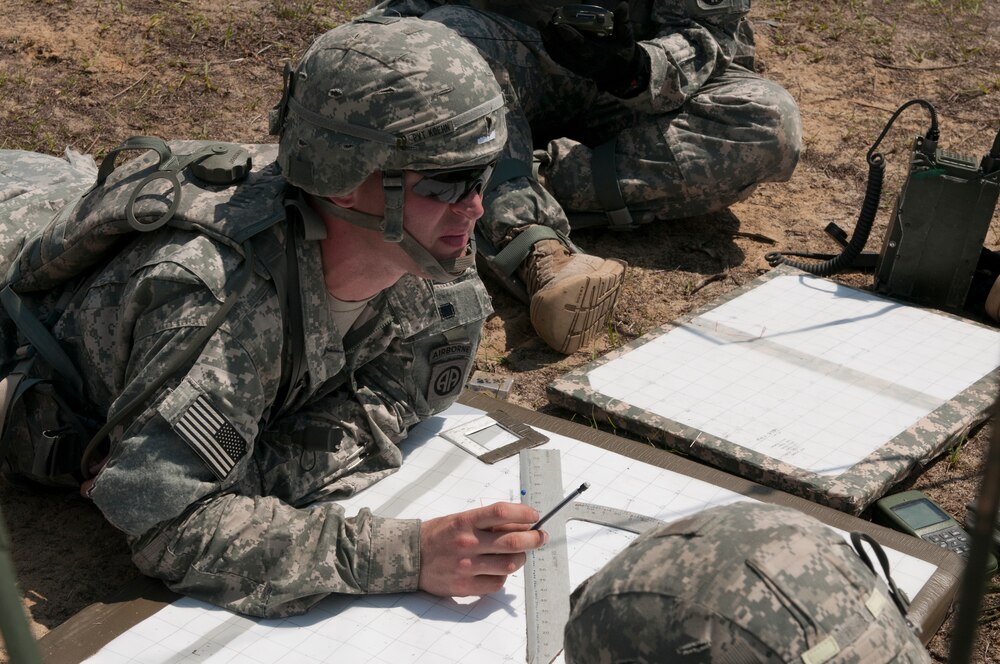
[16 of 17]
Today, thanks to Edwin Sibert's innovation, the fire direction center is key to the King of Battle, and critical to the way the Army fights.
The FDC provides timely and effective tactical and technical fire control in support of current operations.
Today, thanks to Edwin Sibert's innovation, the fire direction center is key to the King of Battle, and critical to the way the Army fights.
The FDC provides timely and effective tactical and technical fire control in support of current operations.

[END]
What is the next Soldier-led innovation that will change the American way of war?
What new ideas will we hear at Dragon's Lair Episode 3?
What is the next Soldier-led innovation that will change the American way of war?
What new ideas will we hear at Dragon's Lair Episode 3?

• • •
Missing some Tweet in this thread? You can try to
force a refresh



